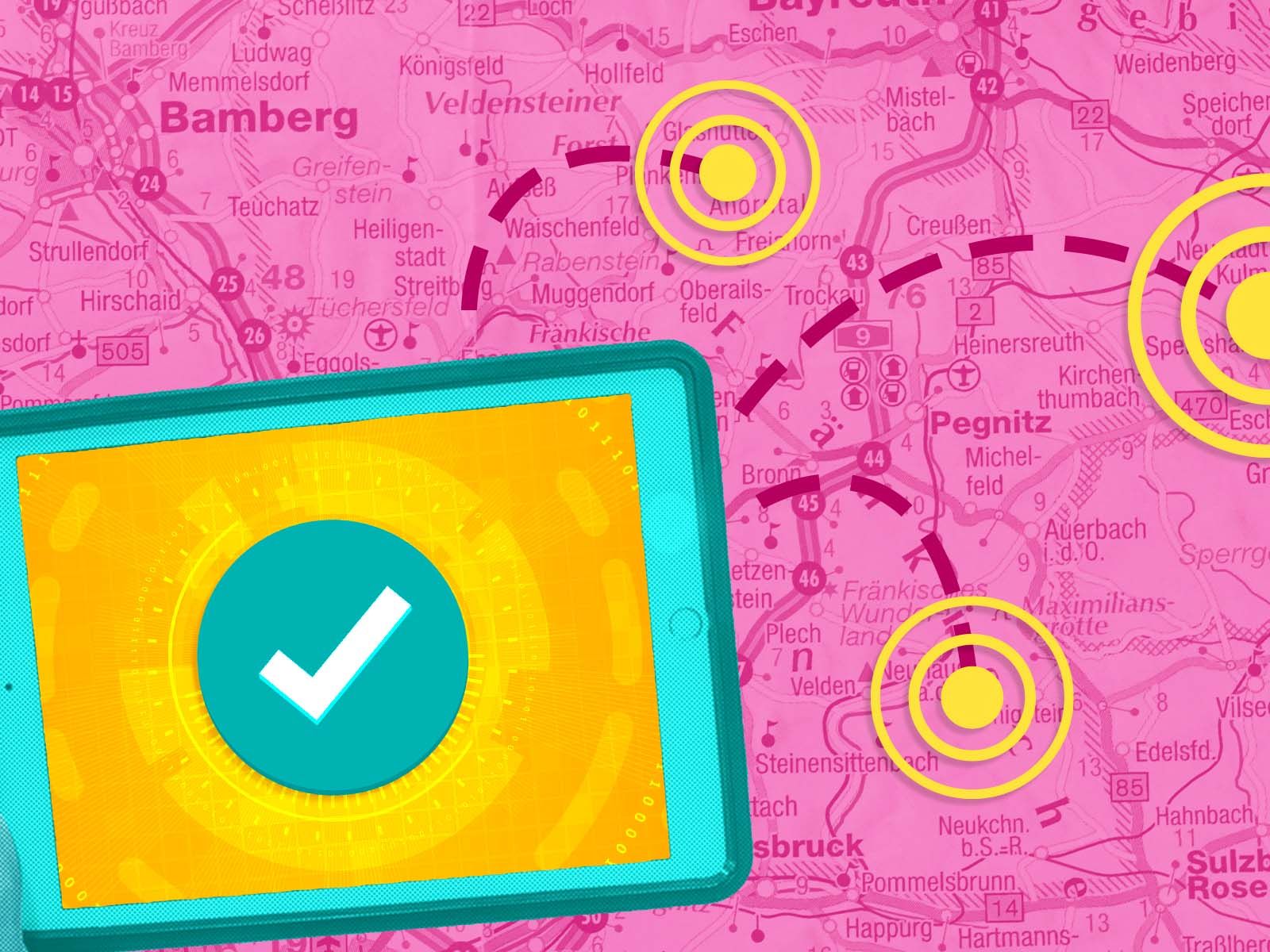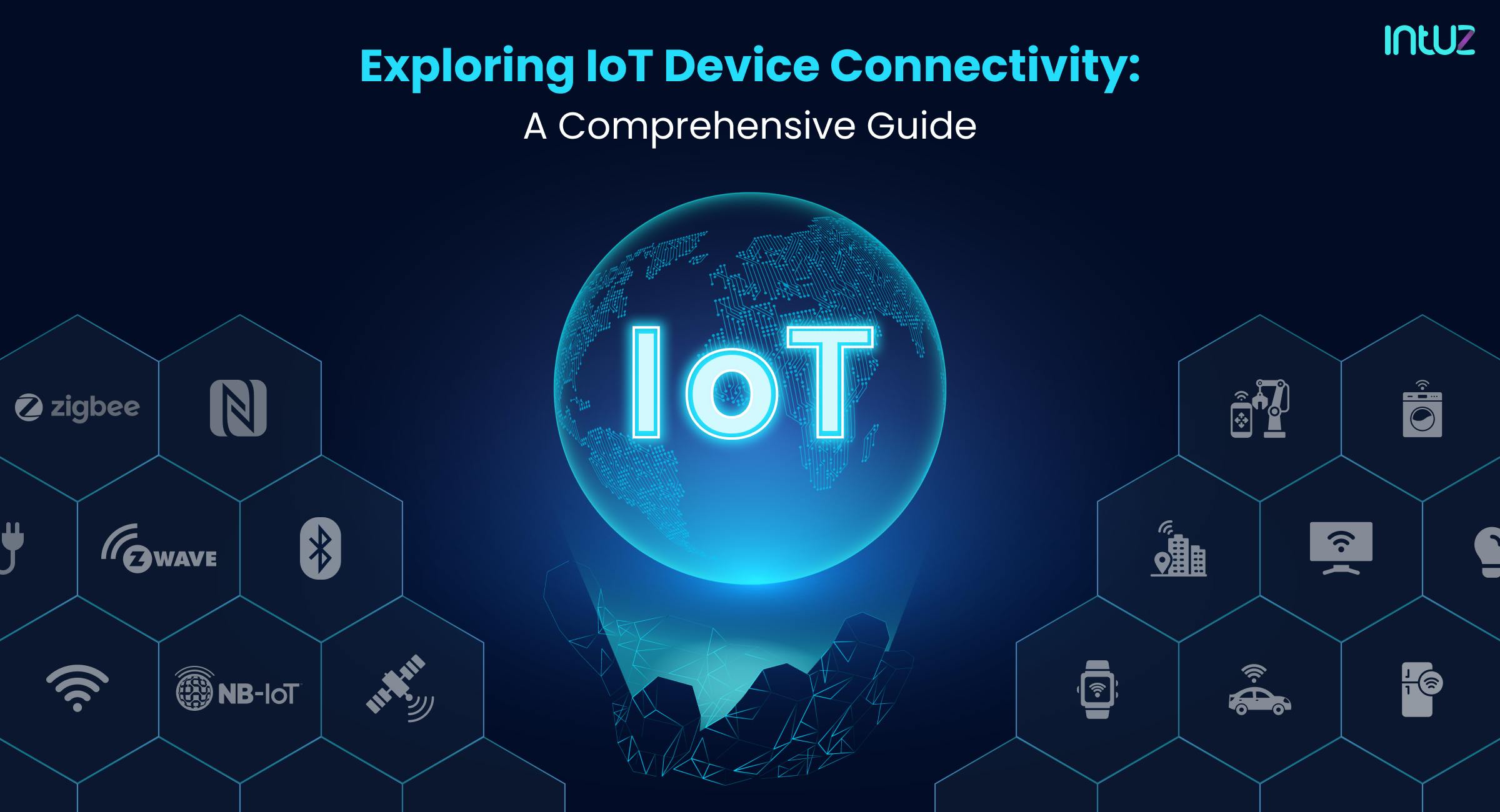Remote IoT Device Connect: Unlocking The Future Of Connectivity
Hey there tech enthusiasts! Ever thought about how our world is becoming more connected every single day? Let me tell you, remote IoT device connect is not just a buzzword; it’s a revolution happening right before our eyes. Imagine controlling your home appliances, monitoring industrial equipment, or even managing smart cities from anywhere in the world. Sounds futuristic, right? Well, it’s here, and it’s real. So, buckle up because we’re diving deep into the world of remote IoT connectivity, where innovation meets convenience.
The Internet of Things (IoT) has been around for a while now, but its potential is only beginning to unfold. With the rise of remote IoT device connect, businesses and individuals are reaping the benefits of seamless communication between devices. This technology allows us to bridge the gap between physical and digital worlds, creating smarter, more efficient systems that cater to our everyday needs. Whether you’re a tech-savvy professional or just someone curious about the future, this article is for you!
Before we jump into the nitty-gritty, let’s address the elephant in the room: why should you care about remote IoT device connect? Simply put, it’s transforming industries, improving efficiency, and making life easier for everyone. From healthcare to agriculture, from smart homes to industrial automation, the applications are endless. So, if you’re ready to explore the ins and outs of this groundbreaking technology, keep reading. Trust me, you won’t want to miss out on what’s coming next.
- Unveiling The Life And Legacy Of Jennifer Grant
- Discovering Portia De Rossi A Journey Through Talent And Resilience
What is Remote IoT Device Connect?
Alright, let’s get down to business. Remote IoT device connect refers to the ability of IoT devices to communicate and interact with each other over long distances using wireless networks. Think of it as a virtual handshake between devices, regardless of their physical location. This technology relies on various communication protocols, such as Wi-Fi, Bluetooth, Zigbee, and cellular networks, to ensure seamless connectivity.
Now, you might be wondering, "Why is this so important?" Well, in today’s fast-paced world, businesses need real-time data to make informed decisions. Remote IoT device connect enables organizations to monitor, control, and manage their assets remotely, saving time and resources. For example, a farmer can use IoT sensors to monitor soil moisture levels and adjust irrigation systems accordingly, all from the comfort of their home. That’s the power of connectivity!
Key Benefits of Remote IoT Device Connect
Let’s break it down for you. Here are some of the key benefits of remote IoT device connect that make it a game-changer in the tech industry:
- Improved Efficiency: Automating processes and reducing manual intervention leads to increased productivity.
- Cost Savings: By optimizing resource usage and minimizing downtime, businesses can significantly cut costs.
- Enhanced Data Collection: Real-time data collection allows for better decision-making and predictive analytics.
- Scalability: IoT networks can easily scale to accommodate growing demands without compromising performance.
- Remote Monitoring: Whether it’s a factory in China or a wind turbine in the middle of nowhere, you can monitor and manage everything from afar.
How Does Remote IoT Device Connect Work?
Alright, let’s get technical for a moment. At the heart of remote IoT device connect lies a combination of hardware, software, and communication protocols. Here’s how it works:
First, IoT devices are equipped with sensors that collect data from their environment. This data is then transmitted to a gateway or hub using wireless communication technologies like Wi-Fi, Zigbee, or LoRa. The gateway acts as a bridge between the devices and the cloud, where the data is processed and analyzed. Finally, users can access this information through a web or mobile application, allowing them to control and manage their devices remotely.
Communication Protocols
Let’s talk about the unsung heroes of remote IoT device connect: communication protocols. These protocols define how devices communicate with each other and the cloud. Some of the most common ones include:
- MQTT: A lightweight protocol ideal for low-bandwidth environments.
- CoAP: Designed for constrained devices, CoAP is perfect for IoT applications.
- HTTP/HTTPS: While not as efficient as MQTT or CoAP, HTTP/HTTPS is widely used for web-based IoT applications.
Applications of Remote IoT Device Connect
The possibilities with remote IoT device connect are endless. Let’s explore some of the most exciting applications across various industries:
Smart Homes
Who doesn’t want a smart home? With remote IoT device connect, you can control your lights, thermostat, security system, and even your coffee maker from your smartphone. Imagine waking up to a perfectly brewed cup of coffee without lifting a finger. Sounds pretty sweet, right?
Healthcare
In the healthcare sector, remote IoT device connect is revolutionizing patient care. Wearable devices can monitor vital signs and send alerts to healthcare providers in real-time. This ensures timely intervention and improves patient outcomes. Plus, remote monitoring reduces the need for frequent hospital visits, making healthcare more accessible and affordable.
Industrial Automation
For manufacturers, remote IoT device connect is a game-changer. By connecting machines and sensors, companies can optimize production processes, reduce downtime, and improve quality control. Predictive maintenance, for example, allows businesses to identify potential issues before they become major problems, saving both time and money.
Challenges in Remote IoT Device Connect
Of course, no technology is without its challenges. Here are some of the hurdles facing remote IoT device connect:
- Security: With billions of connected devices, ensuring data security is a top priority.
- Interoperability: Different devices and platforms often struggle to communicate with each other, leading to compatibility issues.
- Power Consumption: Many IoT devices rely on batteries, which can limit their lifespan and functionality.
Future Trends in Remote IoT Device Connect
Looking ahead, the future of remote IoT device connect is bright. Here are some trends to watch out for:
5G Networks
The rollout of 5G networks promises to revolutionize IoT connectivity. With faster speeds and lower latency, 5G will enable more reliable and efficient communication between devices.
Edge Computing
Edge computing brings data processing closer to the source, reducing the need for cloud-based solutions. This not only improves performance but also enhances data privacy and security.
Best Practices for Implementing Remote IoT Device Connect
If you’re thinking about implementing remote IoT device connect in your business, here are some best practices to keep in mind:
- Start Small: Begin with a pilot project to test the waters before scaling up.
- Choose the Right Technology: Select communication protocols and platforms that align with your business needs.
- Focus on Security: Implement robust security measures to protect your data and devices.
Real-World Examples of Remote IoT Device Connect
To give you a better idea of how remote IoT device connect is being used in the real world, here are a few examples:
Smart Agriculture
Farmers are using IoT sensors to monitor soil conditions, weather patterns, and crop health. This data helps them make informed decisions about irrigation, fertilization, and pest control, leading to higher yields and reduced costs.
Smart Cities
From traffic management to waste collection, remote IoT device connect is transforming urban environments. For instance, smart traffic lights can adjust their timing based on real-time traffic data, reducing congestion and improving safety.
Conclusion
And there you have it, folks! Remote IoT device connect is not just a buzzword; it’s a game-changing technology that’s reshaping industries and improving lives. From smart homes to industrial automation, the applications are limitless. While challenges remain, the future looks promising, with advancements like 5G and edge computing paving the way for even greater innovation.
So, what are you waiting for? Dive into the world of remote IoT device connect and see how it can transform your business or personal life. Don’t forget to leave a comment below and share this article with your friends. Together, let’s build a smarter, more connected future!
Table of Contents
- What is Remote IoT Device Connect?
- Key Benefits of Remote IoT Device Connect
- How Does Remote IoT Device Connect Work?
- Communication Protocols
- Applications of Remote IoT Device Connect
- Smart Homes
- Healthcare
- Industrial Automation
- Challenges in Remote IoT Device Connect
- Future Trends in Remote IoT Device Connect
- 5G Networks
- Edge Computing
- Best Practices for Implementing Remote IoT Device Connect
- Real-World Examples of Remote IoT Device Connect
- Smart Agriculture
- Smart Cities
- Unveiling The Life And Career Of Angie Harmon
- Is Kimberly Guilfoyle Still With Don Jr A Deep Dive Into Their Relationship

Remote IoT Device Management Everything You Need to Know

Your Guide to Remote IoT Device Management IoT For All

A Comprehensive Guide to IoT Device Connectivity